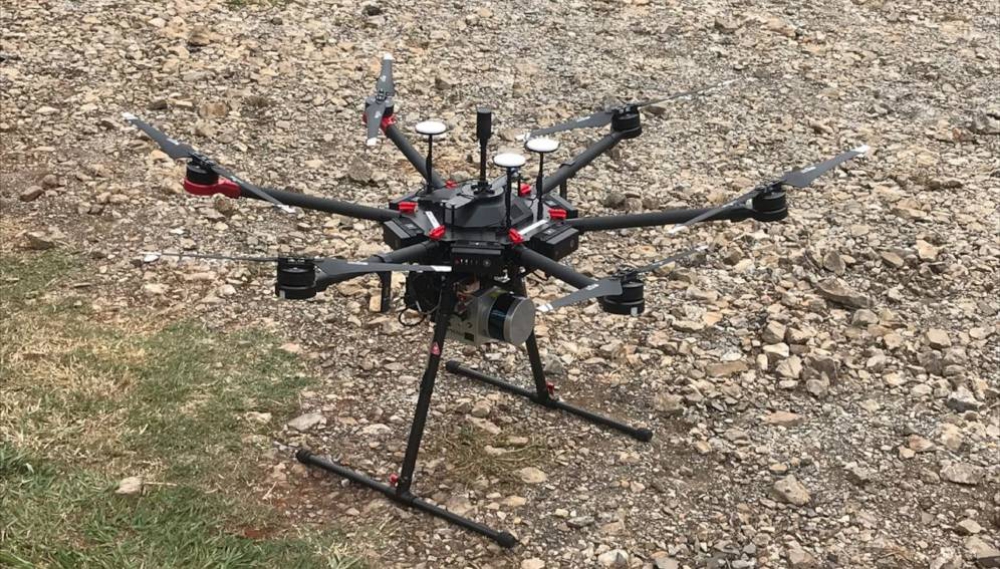Measuring the height of Brazil’s towering rainforests can be a tall order. But an international team of researchers say they are working together to turn unmanned aerial vehicles (UAVs), or drones, into efficient, low-cost data collectors that can monitor the progress of forest restoration.
The team developed a drone equipped with three-dimensional laser scanning and hyperspectral imaging systems capable of producing high-resolution maps and collecting hundreds of images at different wavelengths for a given area.
They used the GatorEye system to assess the results of a mixed-species forest restoration experiment in the Atlantic Forest of south-eastern Brazil, concluding in their findings that the technology showed “enormous potential”.
“The study’s outcomes have a huge potential of practical application and might help decision-makers to sustain public environmental policies,”
Ricardo Ribeiro Rodrigues, Luiz de Queiroz College of Agriculture, University of São Paulo
Researchers say new cost-effective technologies are needed to monitor the structure and function of restored forests on a broader scale than existing methods, if ambitious international goals of restoring at least 350 million hectares of forest globally by 2030 are to be met.
The team, including scientists from the Universities of Florida and Connecticut in the US and NASA, used a UAV-borne lidar system to collect and process forest data. They measured two of the main variables used to evaluate forest structure: the height of the forest canopy and the forest biomass.
Lidar is a surveying method that measures distance to a target by illuminating the target with pulsed laser light and measuring the reflected pulses with a sensor.
Their outcomes will be published in July in the International Journal of Applied Earth Observation and Geoinformation.
Ricardo Ribeiro Rodrigues, a biologist at the Luiz de Queiroz College of Agriculture at the University of São Paulo, and specialist in forest recovery, told SciDev.Net:
“The study’s outcomes have a huge potential of practical application and might help decision-makers to sustain public environmental policies.”
“Of course, we will still need to do field monitoring”, he added. “However, this new method allows us to extrapolate the field data to larger scales, ensuring the monitoring and restoration strategies’ accuracy.”
Increases in canopy height and biomass are important for the reduction of alien plant species, which can be damaging to the environment, and the growth of other species, essential for tropical forest development.
Researchers say such data is crucial for planning new forest restoration programmes and evaluating the success of ongoing projects.
Ramon Felipe Bicudo da Silva, a biologist at the Center for Environmental Studies and Research at Brazil’s University of Campinas, who was not involved in developing the system, told SciDev.Net:
“This data helps researchers to improve results of restoration projects, while also promoting the increase of native vegetation cover, and re-establishing ecological processes and environmental services once produced by forests.”
Photo: Danilo Almeida
Source: Sci Dev Net


It would be nice to see a deliverable from the project in the story.